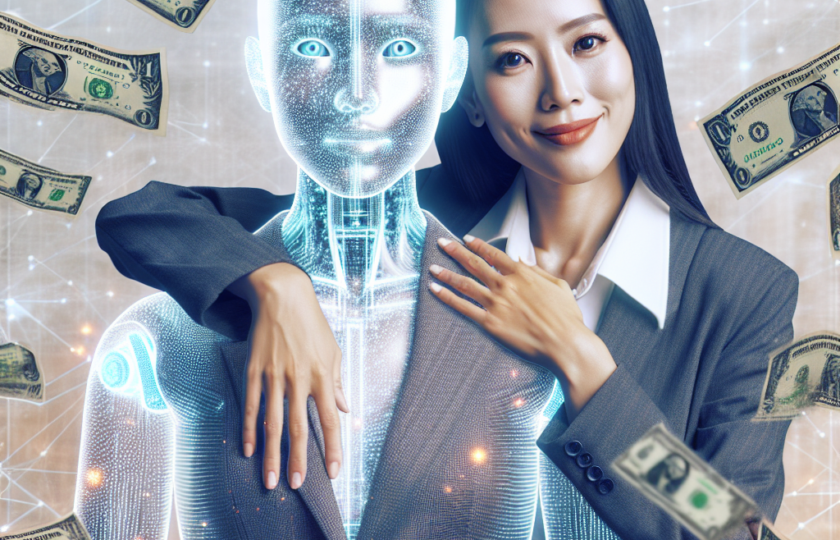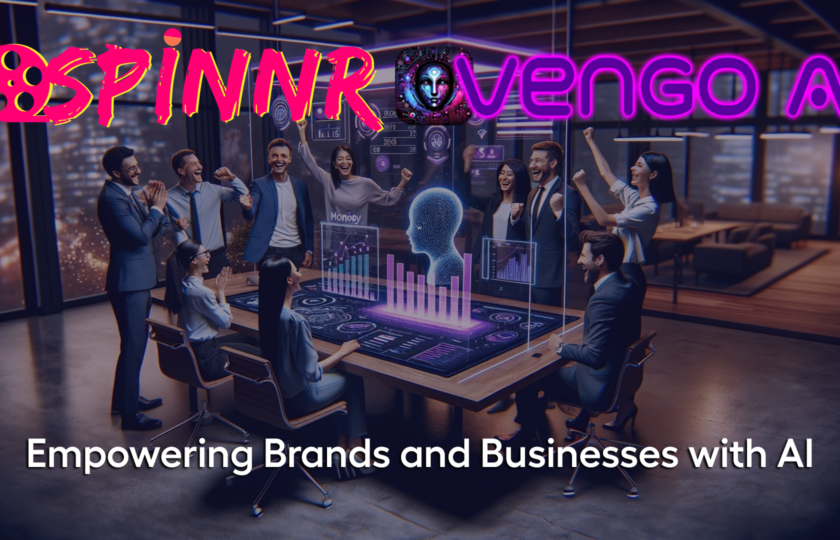AI Bubble Risks and Mitigation
Artificial Intelligence (AI) has experienced exponential growth and widespread adoption across various industries. However, with this rapid expansion comes the looming possibility of an AI bubble – a scenario where the market becomes overinflated, leading to a sudden major drawback.
“No, the current state of AI doesn’t really look like a bubble to me. Instead, I would liken it to a balloon. A helium balloon, maybe in the shape of SpongeBob. Bubbles are defined by their frailty, by something innate within the asset that makes it vulnerable to complete implosion, whereas AI is a strong asset. It is an investable proposition, and one that could be hugely profitable. Yes, there is the threat of it going POP! but it’s a controllable threat. A balloon shouldn’t burst unless it is deliberately mismanaged, whereas a bubble is pre-ordained to burst from the moment it’s blown.” – Nick Hilton
In this post, we will explore the potential risks associated with an AI bubble and discuss strategies to mitigate its impact.


Chances of a Sudden Major Drawback in the AI Market
While the AI market continues to thrive, there are concerns about a potential bubble burst due to factors such as overvaluation of AI companies, unrealistic expectations, and regulatory challenges. The rapid pace of technological advancements and market speculation could contribute to a sudden downturn in the AI industry.
Enterprises Most Likely to be Affected by a Market Drawback
Enterprises heavily reliant on AI technologies for their operations, such as tech companies, financial institutions, and healthcare providers, would be most vulnerable to a market drawback or collapse. Disruption in AI services and products could have far-reaching implications for these organizations.
Repercussions of a Major AI Industry Drawback
A major drawback in the AI industry could lead to a significant loss of investor confidence, job layoffs, company bankruptcies, and a slowdown in technological innovation. The overall economy could also be impacted, as AI plays a crucial role in driving productivity and efficiency across sectors.


Impact on AI Customers
Customers relying on AI solutions for their businesses would face disruptions in service delivery, potential data security risks, and uncertainty about the future of their AI investments. The quality and reliability of AI products and services could be compromised during a market drawback.
Preventing a Future Major Drawback
To prevent a future major drawback in the AI industry, stakeholders must prioritize transparency, ethical AI practices, and regulatory compliance. Diversifying investments, conducting thorough risk assessments, and fostering collaboration between industry players can help mitigate the risks associated with an AI bubble.
Additional Considerations For Another Outlook: According to Forbes
A generative AI bubble is certainly expanding. According to Forbes, there are several reasons why that bubble is not poised to pop, such as the fact that the leaders in the generative AI boom are large, mostly profitable companies. While many generative As AI startups are incubating, none of them are losing money on publicly traded stocks. Unlike during the late 1990s, borrowing money to buy stocks and/or fund companies is less of a factor today.
While the AI industry holds immense potential for transformative impact, it is essential to remain vigilant and proactive in addressing the risks of an AI bubble. By taking proactive measures and fostering a culture of responsible AI innovation, we can navigate potential market drawbacks and ensure the long-term success of the AI industry. What would make you feel safer when investing in Cryptocurrency or the future AI stocks and companies?


